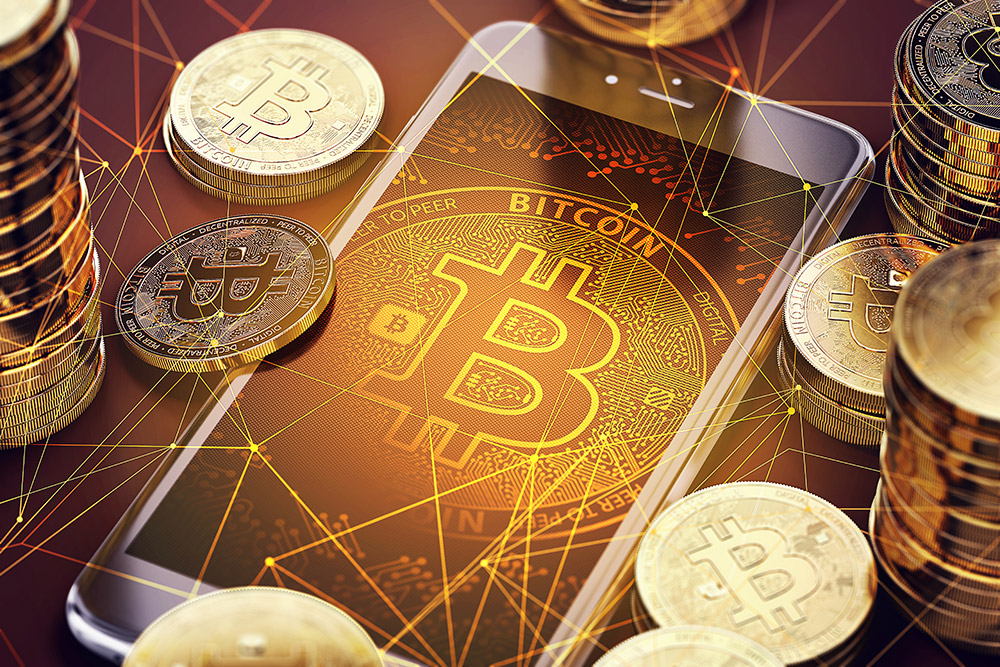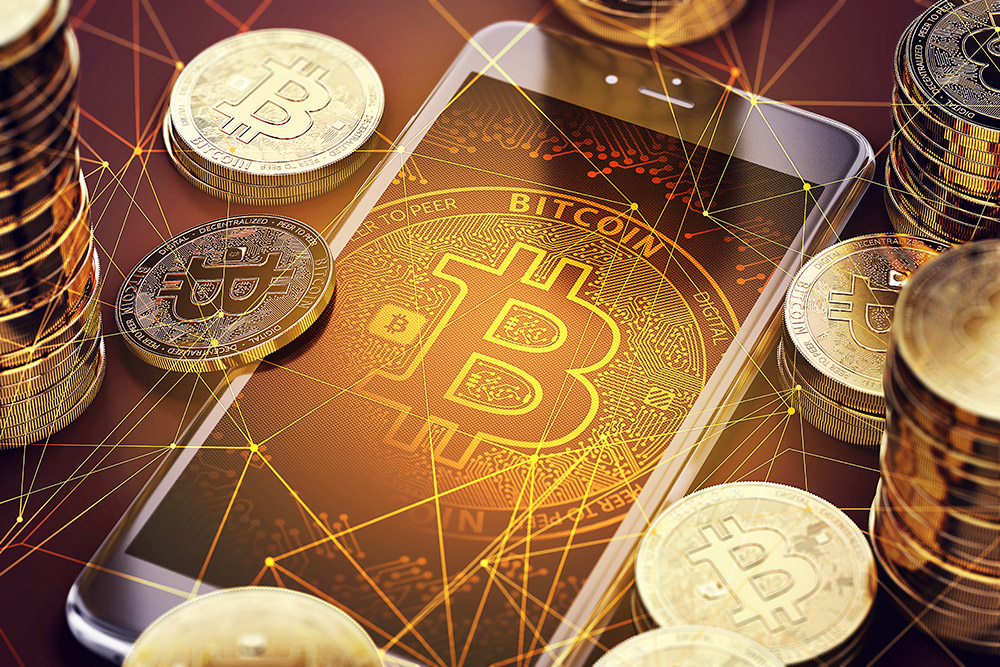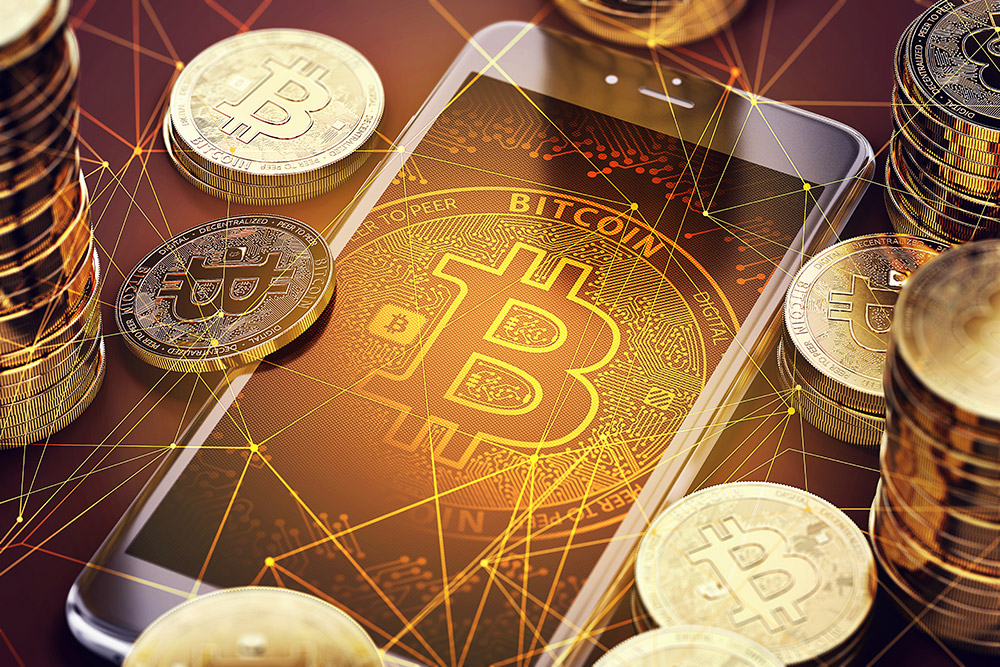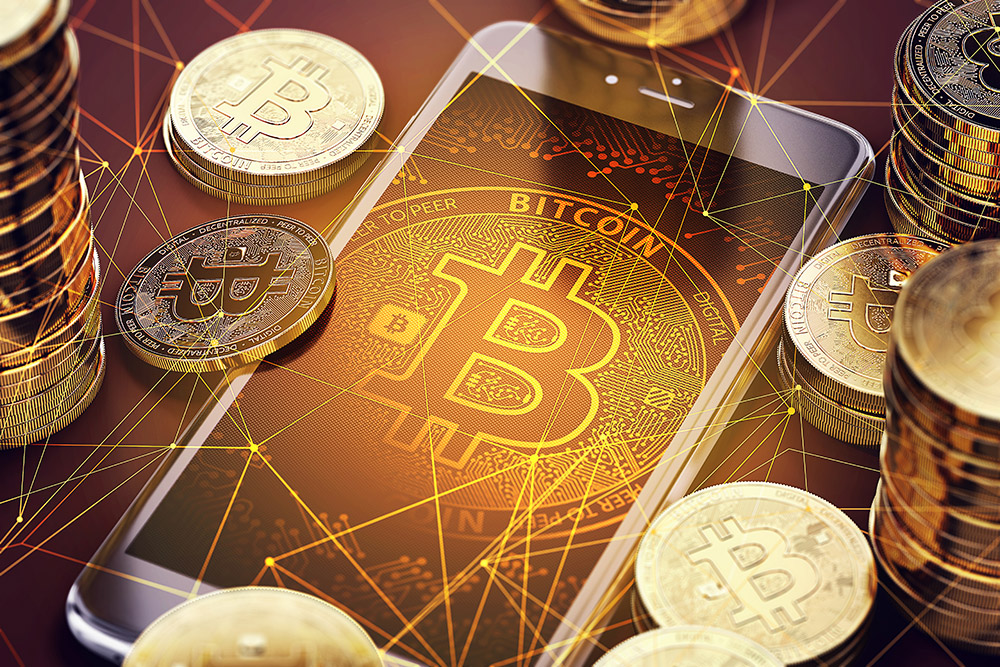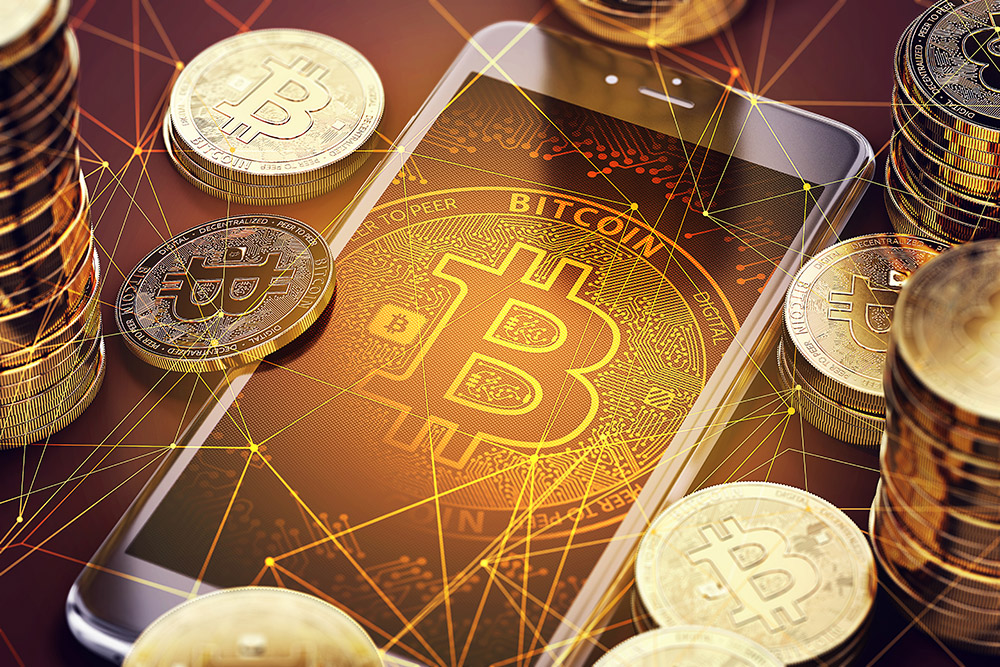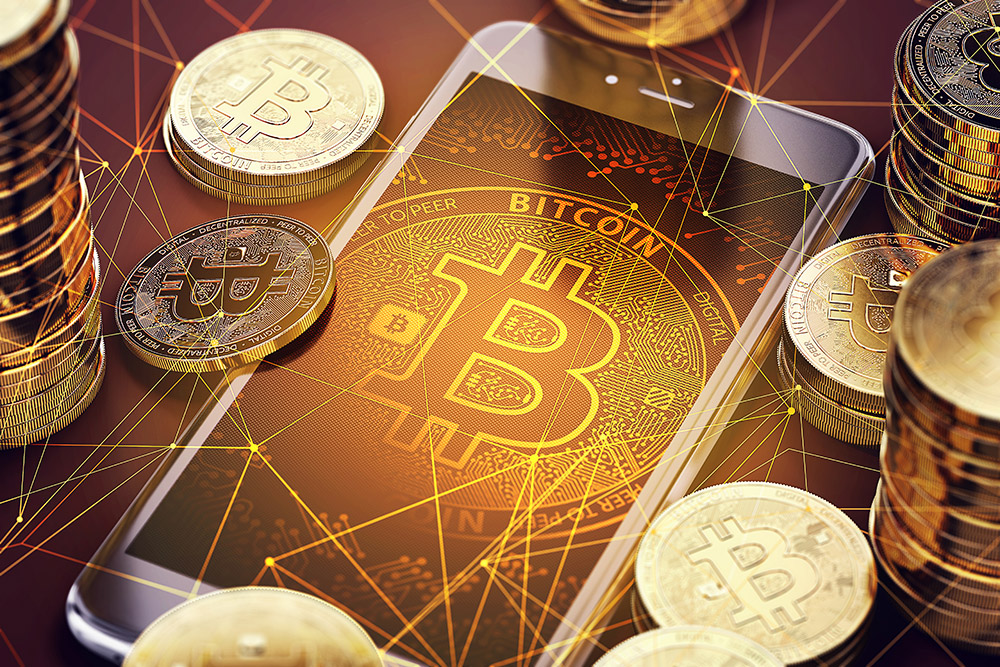The post Starting with NFTs: Simple Guide for Beginners appeared first on Coinpedia Fintech News
Suppose you’re a singer. And, you own a special musical instrument – the one gifted to you by your favourite music teacher. To you, that musical instrument is invaluable, with its own special memories. You would not want to trade it for someone else’s musical instrument because yours is special to you.
Some things are so special and unique that you can’t easily swap them with something else.
However, to an extent, in the physical world, it’s possible to show that you possess something unique and invaluable. But, in the digital world, would it be possible?
| Highlights NFTs are used to represent ownership or proof of authenticity using blockchain.NFTs are non-fungible so we cannot switch one NFT with something else. Non-fungible, indestructible, ownership and verifiable are the key characteristics of NFTs. The evolution of NFTs began in 2012, with the introduction of Meni Rosenfield’s paper.ERC-721 and ERC-1155 now function as guides for creators who want to make their own NFTs.Buying NFTs is a simple four-step process.From special ownership to smart contract boosts, buying NFTs has numerous benefits.‘Everyday: The First 5000 Days’ is one of the most expensive NFTs sold. |
1. NFT: A Simple Start
In simple words, NFTs are digital certificates that show you own something unique in the digital world. It’s a way to prove you have something special, and no one else has exactly the same thing.
1.1. Intro to NFTs
NFT stands for Non-Fungible. NFTs have their own unique identification codes and metadata that make them different from other tokens. They are used to represent ownership or proof of authenticity using blockchain. People can trade NTFs for money, cryptocurrencies or other NFTs. Similar to NFTs, regular cryptocurrencies are also tokens, but they are all the same. NFTs are different because each one is unique. So, they are non-fungible.
1.1.1. What Does Fungibility Mean?
Fungibility means things are the same and can be swapped. The best example is fiat currencies. You can trade one $5 bill for another $5 bill. Regular cryptocurrencies are also fungible because you can trade one crypto for another crypto. Meanwhile, NFTs are non-fungible because we cannot switch one NFT with something else. The reason behind this is that each NFT is special and unique.
1.1.2. What Set NFTs Apart: Key Characteristics
Apart from being non-fungible, NFTs have a few other key characterics, which set them apart.
- Indestructible: NFTs can’t be destroyed, removed or replicated, because they are kept safe on the blockchain using smart contracts. This means they won’t disappear or be copied by accident.
- Ownership: If you own an NFT, it’s completely yours. No one can say it’s not yours anymore.
- Verifiable: NFTs act as digital ownership certificates. This easily helps you know that the thing you have is real.
1.2. The Evolution of NFTs: Past to Present
Here is the timeline of the evolution of NFTs.
2012-2013: Conceptual groundwork begins with Bitcoin-based coloured coins. Meni Rosenfield’s 2012 paper contributes to the idea, leading to BRC-20 tokens on the Bitcoin blockchain.
2014: Kevin McCoy creates the first NFT, Quantum, on the Namecoin blockchain. NFTs enjoy almost no popularity.
2017: NFTs gain attention as Ethereum introduces a more advanced blockchain for NFTs.
2021: NFTs attain tremendous popularity. The sale of the first NFT, Quantum, created back in 2014, takes place on Ethereum.
2022: NFT sector witnesses stagnation due to macroeconomic factors. Metaverse loses appeal, as Mark Zuckerberg’s metaverse division faces losses of $13.72 billion.
2023: NFT sector experiences a renowned sense of optimism and substantial growth, marked by successful launches of Bitcoin-native NFTs, increased trading volumes, and positive market projections.
2. Breaking Down NFT Operation
NFTs use blockchain technology to keep track of who owns what, making it transparent and secure. When you make an NFT, the blockchain writes down that you own this. And, whenever you sell or give the NFT to someone else, the blockchain writes that down too. This way, you can always verify who the real owner of the NFT is, and you can be sure it’s not a fake.
2.1. How ERC-1155 Enhances NFT Functionality
Anybody can create an NFT token. However, if each person creates tokens in their own random way, it becomes difficult for these tokens to work together smoothly. Ethereum was one of the first platforms which put effort into resolving this issue. The blockchain platform introduced Ethereum token standards. These standards are sets of smart contract functions, which define how tokens should behave and interact with other parts of the Ethereum system. When tokens follow these standards, they easily achieve compatibility with each other and with different platforms and services within Ethereum’s ecosystem. From the point of view of the NFT ecosystem, ERC-721 and ERC-1155 are the two important standards developed by Ethereum. They now function as guides for creators who want to make their own NFTs. Not only Ethereum, blockchain platforms like Eos, Neo, and Tron also have their own standards for NFTs.
3. Simple Steps to Buy NFTs
Buying NFTs involves a few simple steps.
- Step 1: Get Some Cryptos
Most NFTs prefer Ether. So, the first step is to get some Ether. The below given are the steps to get this cryptocurrency.
- Create a digital wallet account. You can choose any wallet. There are many crypto wallets available like Trust Wallet or MeteMask.
- Buy the required amount of Ether from various online exchanges, and add them to your wallet.
- Step 2: Choose an NFT Marketplace
There exist different NFT marketplaces, such as OpenSes, Rariblem and SuperRare. Choose any marketplace.
- Step 3: Browse and Select an NFT
- Enter the chosen marketplace. You would find various NFTs listed, like digital art works, collectibles and more.
- Go through them. And, click on the NFT you want to buy.
- Step 4: Make The Purchase
- Click on the ‘Connect Wallet’ button.
- Once connected, tap on the ‘Buy’ button.
- Confirm the purchase.
- Step 5: Own Your NFT
The completion of this process indicates you own the NFT now.
The above mentioned are the general steps. Each marketplace might have a slightly different process.
While purchasing NFTs from marketplaces is the most common and user-friendly way. It’s not the only way to acquire them. There are many options like direct transactions, auctions, DeFI platforms, gaming and apps and many more.
| Do You Know The prices of NFTs can be a rollercoaster! If in one platform the value of an NFT is $150, in another it may be $900. A report says that average NFT prices very six-fold by platform. |
3.1. Benefits of Buying NFTs
There are several interesting benefits a person, who has interest in buying an NFT, can expect from the purchase.
- Special Ownership: NFTs follow different ownership rules. Even though they are one-of-a-kind, they can still be traded without losing their uniqueness.
- Unchangeable: Once NFTs are confirmed as genuine on the blockchain, they cannot be changed or faked.
- Easy Buying & Selling: NFTs make buying and selling thighs, especially unqiue digital assets, smoother. It eliminates the need for middlemen or central authorities to verify the genuinity of assets.
- Smart Contracts Boost: With smart contracts, NFT deals happen in a simple, automatic and honest way.
- Different Investment: NFTs are different in nature. You can add them to your investment portfolio, if you want to try a different investment strategy.
4. Most Expensive NFTs: The Top Ones
Utility, tangibility and rarity are the three prime factors that determine the price of any NFT. The below given are a few expensive NFTs that have created headlines in recent history.
| A Fact We Can’t Ignore Not all NFTs score big – over half sell for under $200. Most initial sales? Just $100 or less! So, while some NFTs make headlines, many are everyday affordable treasures. |
4.1.. Everyday: The First 5000 Days
It’s an artwork created by an artist named Mike Winkelmann. It is a mix of 5,000 pictures the artist made over 5,000 days. It was purchased by a person named Vignesh Sundaresan, for around $69.3 Million.
4.2. CryptoPunk #7523
It’s the priciest CryptoPunk sold. It wears a face mask, which connects with the difficult time of Covid-19. It belongs to a set of 9 special Alien CryptoPunks. It was sold for over $11.8 Million
4.3. Crossroad
It’s one of the highly expensive artworks sold in 2021. Its theme has a connection with the US election. The artwork shows Donald Trump lying down. This interesting, partly satire, artwork was sold for $6.66 million.
4.4. World Wide Web Source Code
World Wide Web founder Sir Tim Berners-Lee also explored the possibility of NFTs. He came forward to sell an NFT, which has the original source code of the web. This artwork is titled ‘This Changes Everything’. It was sold for $5.4 million.
4.5. Save Thousands of Lives
It is an artwork launched by a non-profit group, Noora Health. It is meant to help Noora Health’s work with new moms in South Asia. The organisation teaches moms how to care for their babies after leaving the hospital. This artwork, made for a charity purpose, was brought by Paul Graham in a charity auction. It was sold for $5.1 million.
Endnote
The universe of NFTs is a complicated platform that offers both opportunities and challenges. As NFTs gain momentum, concerns about their safety have rightly surfaced. With the absence of robust regulations, scams and fraudulent activities remain a serious risk. However, NFTs also hold the potential to revolutionise ownership and value representation, particularly in the art and entertainment sectors. Their unique digital nature allows for direct artist-fan interactions and new revenue streams. What NFTs offer is a huge opportunity, but if not used righty, it can be a disaster.
FAQs
[Q1] What is an NFT?An NFT is a special digital sticker that proves ownership of a unique item, such as art or music, using blockchain technology.
[Q2] Can I touch or hold an NFT?No, NFTs are digital in nature. They exist online and represent ownership of a digital item, but you can’t physically touch them.
[Q3] How do I buy an NFT?To buy an NFT, you need a digital wallet and cryptocurrencies such as Ethereum. Then, you can visit NFT marketplaces, find what you like, and make a bid or purchase.
[Q4] Can I sell the NFTs I own?Yes, you can sell your NFTs on NFT marketplaces. If someone wants to buy, they pay you in cryptocurrency, and the ownership gets transferred to them.

